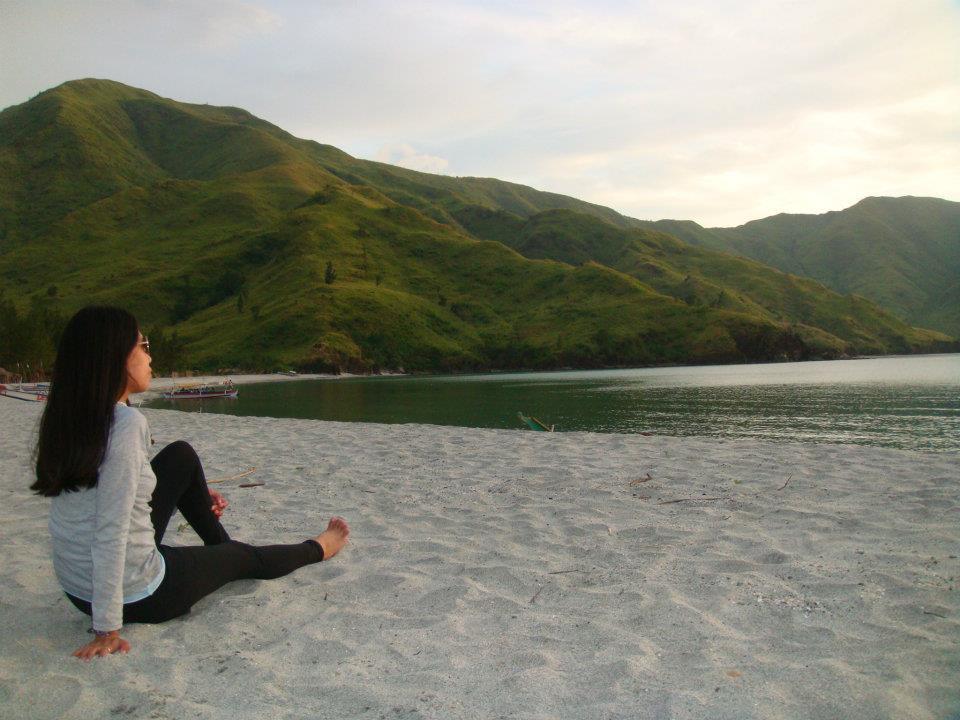Anawangin and Nagsasa Cove in San Antonio, Zambales are some of the favorite weekend getaway spots for those wanting to temporarily escape from the toxicity of Metro Manila. Situated just a few hours away from the bustling metro, these beautiful coves which are formed through the mighty eruption of Mount Pinatubo, offer scenic landscapes where the land, sky and sea meet.
So if your idea of a weekend getaway is to spend it chilling by the beach on a hammock or lying in the sand and staring up at the sky at night, then heading to Anawangin or Nagsasa Cove will be the perfect respite.
How to get there
Getting to Anawangin or Nagsasa Cove is very easy. From Pasay or Caloocan take a Victory Liner Bus bound for Iba, Zambales. Fare is about P260 with travel time of 3.5 – 4 hours. Get off at the town of San Antonio and ride a tricycle to Brgy. Pundaquit. Fare is P30 and travel time of 15-20 minutes.
There are several boat operators situated along the beach of Pundaquit which you can hire to take you island hopping within the area. For a small boat good for 6 people the rental fee is P1,000 while the bigger ones could go for as high as P2000 -P2500 or lower depending on your haggling skills.
Another exciting way to get to Anawangin is by trekking Mount Pundaquit. Guides are available for hire at the jump-off point and the trek from Pundaquit to Anawangin will take about 4-5 hours.
Breathtaking scenery in Nagsasa Cove
What to do
Island Hopping. This is the best thing to do if you want to explore the different coves and islands in this part of Zambales. Renting a boat will set you back for as low as P1,000 and as high as P2,500 depending on your negotiations with the boatman. You can visit the coves of Anawangin, Nagsasa, Silanguin, Talisayin and the islands of Camara and Capones.

Trekking. For the thrill-seekers, trekking Mount Pundaquit will add spice to your adventure. The trek can last up to 4-5 hours depending on your speed.
Swimming. If you want to swim Nagsasa Cove will be the ideal place to do so. You can also swim in Anawangin, however there are sudden deep spots here so you have to be really careful when doing so.
Bonfire
Lighting a bonfire is allowed in Nagsasa Cove for a P100 fee.
Star Gazing. At night, when there are no clouds hovering above, you will see thousands of stars decorating the sky. Lying in the sand and staring up at the stars is a great way to capped off the day.
Photography
From the scenic landscapes and seascapes to the breathtaking sunsets and sunrise, you will never run out of photography subjects in Anawangin and Nagsasa Cove.
Where to Stay / Accommodations
Tents are the only form of accommodation you would find in Anawangin and Nagsasa Cove. If you’re not planning to camp out on these places, better stay in one of the hotels and inns in Pundaquit.
Travel Tips
Best time to go would be January and February when the waves are relatively calmer and there are not as many people camping. Summer months like March-May could get too crowded at times.
There are no electricity and network signals in the island. So be sure to bring flash lights and extra batteries for your camera.
Camping is the best way to experience these secluded paradise. Bring your camping gears and enough food and drinks for your whole stay. There are no commercial establishments in Nagsasa Cove while there is a small store that sells sodas and soft drinks in Anawangin.
Don’t forget to bring enough water, sunscreens and a cap or a malong if you wish to trek Mt. Pundaquit. It could get extra hot and humid during mid-day so be sure to bring enough protection.
Note:
Thanks to PinoyMountaineers.com owned by Dr. Gideon Lasco for the informations we used in this website.

